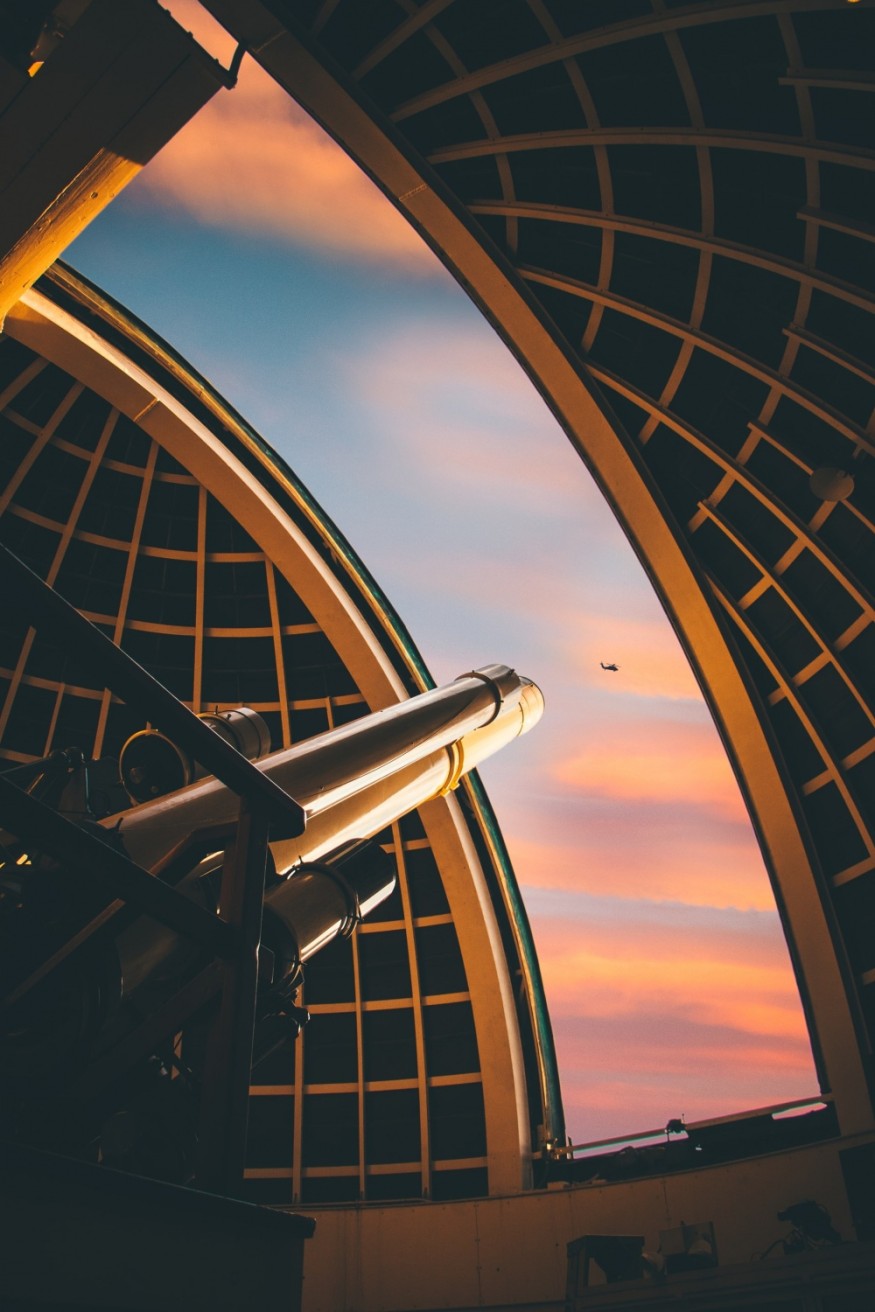To gain a clearer picture of what is happening in the sun's core, astronomers have proposed a concept mission to launch a neutrino observatory into orbit around it. The proposal was published on the free distribution service for scholarly articles, Arxiv.

Neutrino Observatory in Space is Better than Earth's Observatory
Astronomers have limited means to look inside the sun's core. Fortunately, the nuclear reaction in the sun's core produces a steady stream of neutrinos. The U.S. Department of Energy explains that neutrinos are created whenever atomic nuclei combine (like in the sun) or disintegrate (as in a nuclear reactor). These ghostly particles rarely interact with other matter after being created.
These neutrinos have been employed by astronomers to explore the limits of known physics and understand the nuclear processes inside the sun. To catch the occasional neutrino, giant detectors were created on Earth. However, because of the far distance of the sun from Earth, the observatories are constrained.
The main benefit of putting a neutrino observatory in orbit is its capability to observe the sun at a closer distance. The observatory would encounter more than a million times more neutrinos than the same detector on Earth if the observatory flew at the same altitude as the Parker Solar Probe. Getting closer to the sun might increase that figure by more than 10,000 times. Such a neutrino flow would provide an unmatched view into the core's nuclear activities.
Additionally, the spacecraft would benefit from orbiting the sun by observing any asymmetries or variations in the sun's neutrino production, which would be a clue to the existence of dark matter or other unusual phenomena.
The spacecraft wouldn't even need to approach the sun to benefit from all that space has to offer. Astronomers may examine the sources of neutrinos arriving from the galactic center and beyond by installing a neutrino observatory in space, allowing them to use the sun as a magnifying lens.
However, the drawback of this concept is that a neutrino observatory in space would need to be shielded against cosmic rays and other high-energy particles that can be mistaken for neutrino signals. That much weight would undoubtedly make it difficult to launch into space.
The expedition is now only an idea, but if it is successful, it might offer a new framework for comprehending both the physics of these minute particles and the sun itself.
Earth's Neutrino Observatory
The first detector of its kind is the IceCube Neutrino Observatory. It was created to study the cosmos deep within the South Pole ice. IceCube, which encompasses a cubic kilometer of ice, looks for neutrinos, nearly massless subatomic particles.
The most violent astrophysical sources, including stellar explosions, gamma-ray bursts, and catastrophic occurrences involving black holes and neutron stars, can be studied using the information these high-energy cosmic messengers provide.
Another neutrino observatory is located beneath Mount Ikeno in the Japanese prefecture of Gifu. It is found 3,300 feet below ground in the Mozumi Mine in the Kamioka region of Hida.
The observatory's objectives include the detection of high-energy neutrinos, the investigation of proton decay, the study of solar and atmospheric neutrinos, and the surveillance of Milky Way galaxy supernova.
RELATED ARTICLE : 3 Little-Known Facts About Neutrinos, aka, "The Ghost Particle"
Check out more news and information on Space in Science Times.












